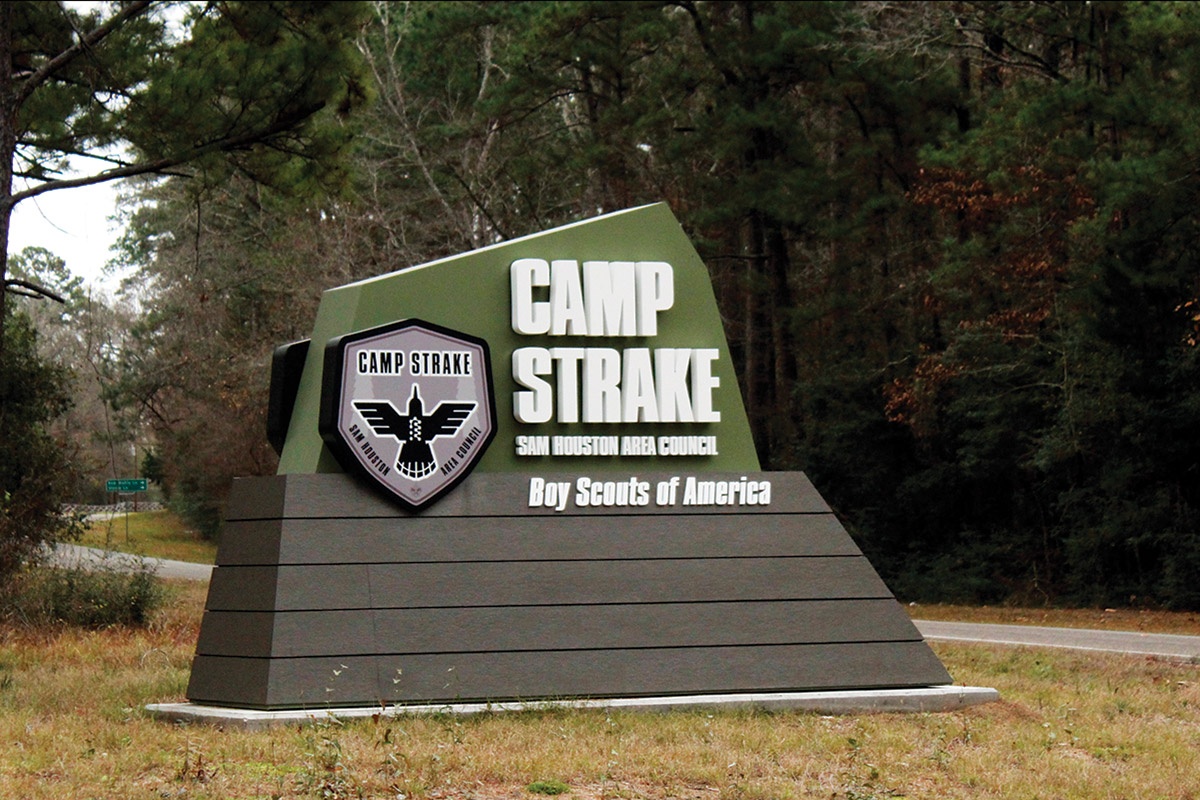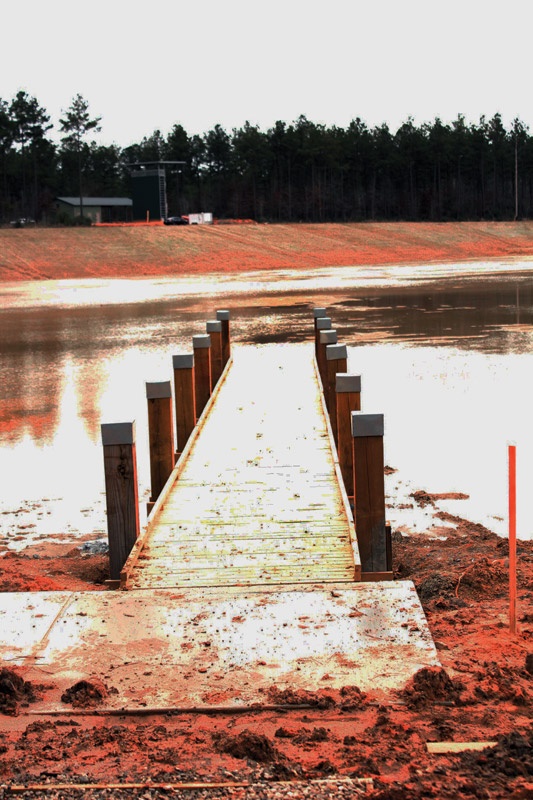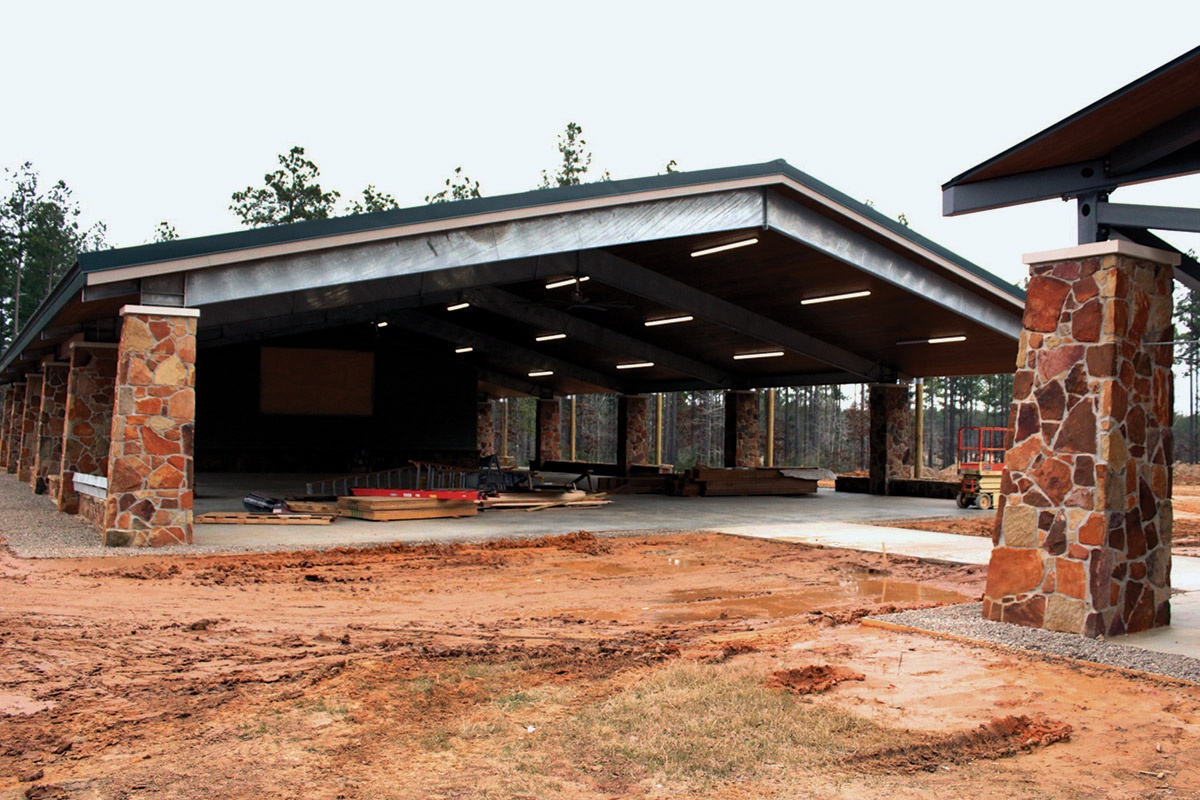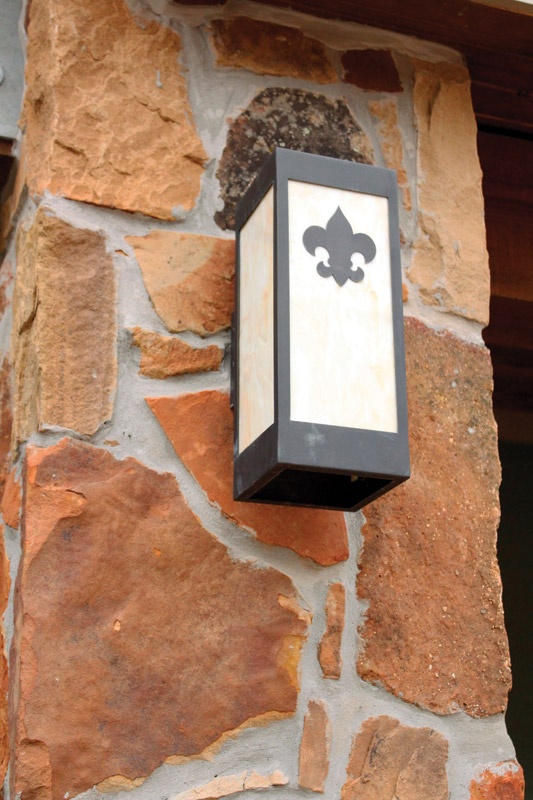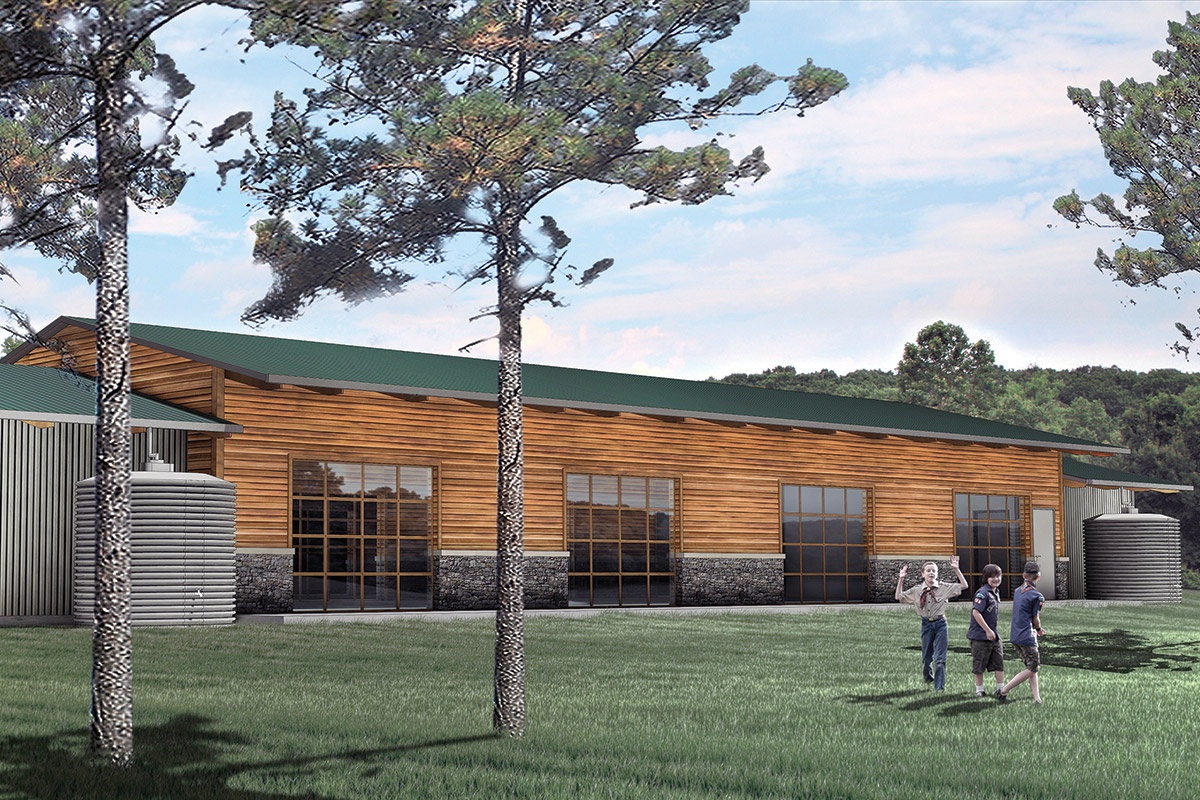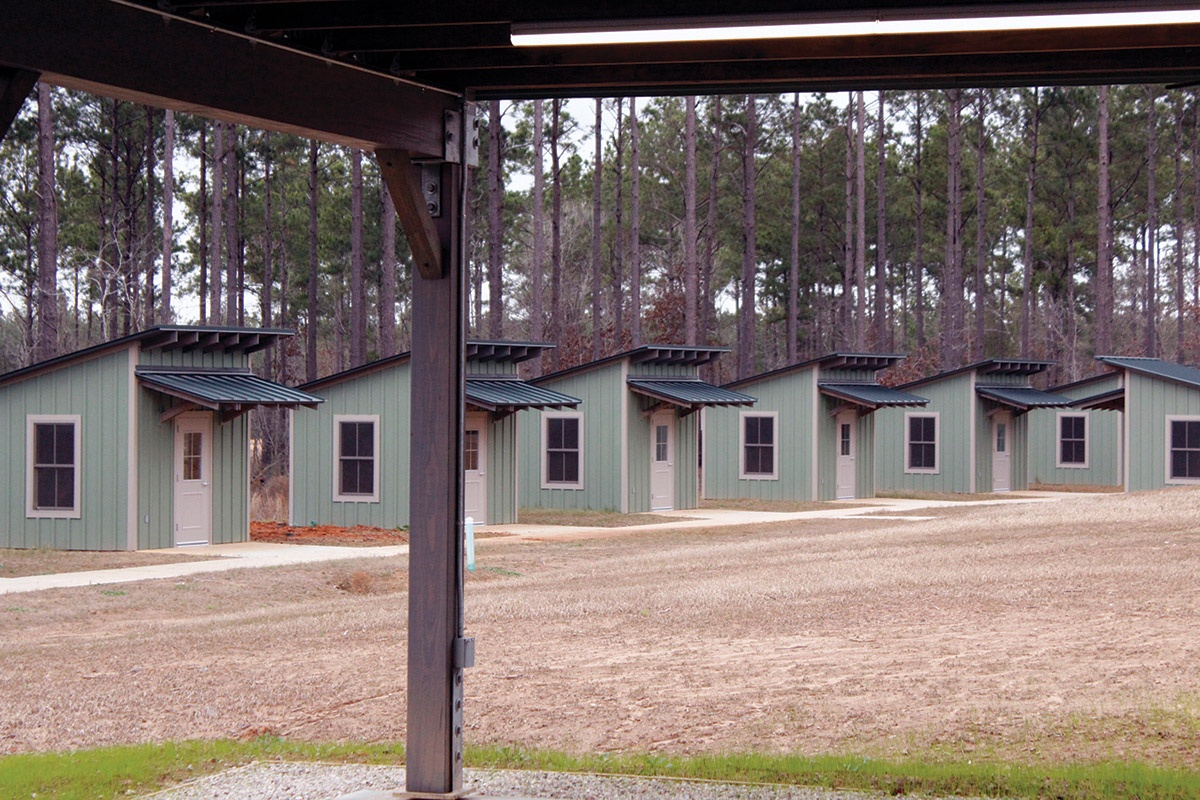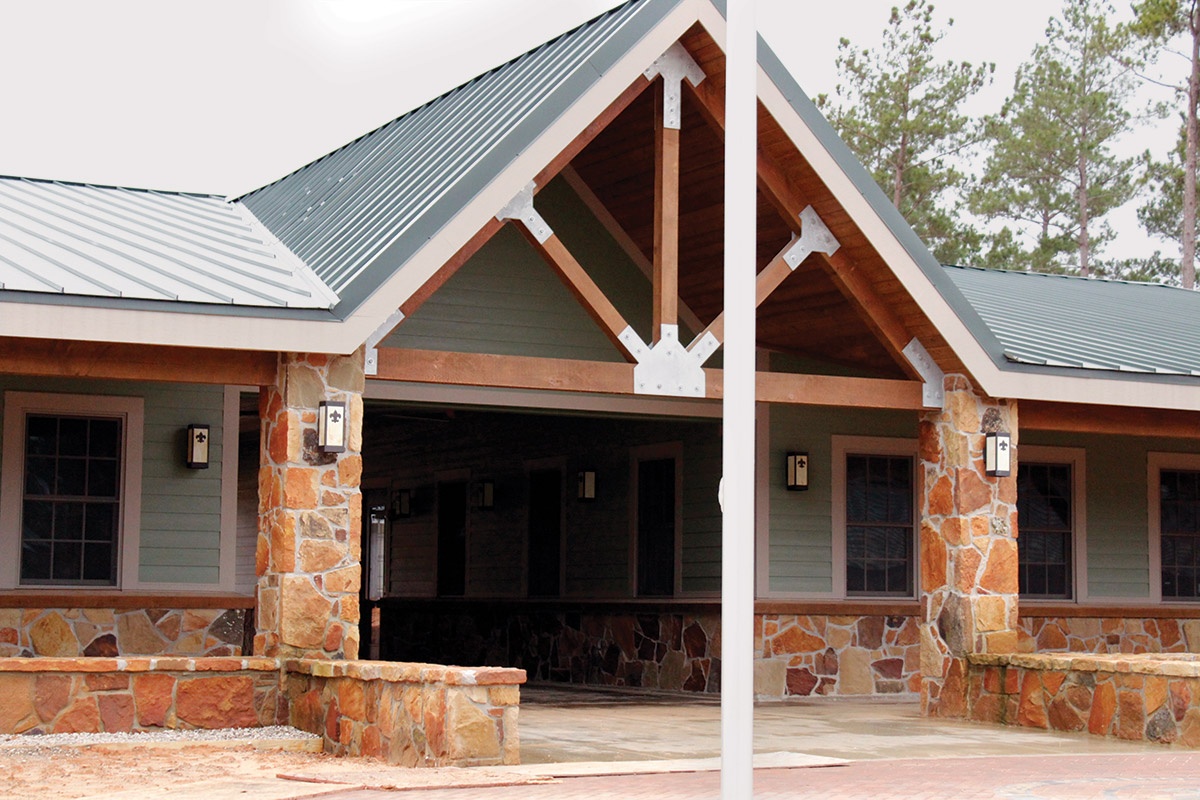The year was 1945. World War II had just ended, and the baby boom was about to begin. Everyone knew that returning soldiers, not to mention the rest of America, would want nothing more than to return to a normal life. Part of that life, at least for a portion of the population, included Boy Scouts and camping.
Meanwhile in Texas, the wealthy and influential Strake family wanted to do something to help the returning soldiers and their burgeoning families, so they donated more than 2,000 acres of land to the Boy Scouts with the goal of establishing an out-of-the-way place to camp and commune with nature. The land was located well north of Houston near the small town of Conroe, and since there was no Interstate 45 yet, getting to the newly named Camp Strake took several hours.
Fast forward 75 years.
Conroe is huge. It is the fastest-growing city in the country. It’s actually considered a suburb of Houston. The site of Camp Strake is now surrounded by freeways, shopping malls, condos and car lots, not to mention the light pollution from all of the subdivisions and retail outlets, which make stargazing and isolation a thing of the past.
Officials at the Sam Houston Area Council of the Boy Scouts of America decided that it was time to look for a new site that would take things back to the basics but, at the same time, have all the technology of the 21st century.
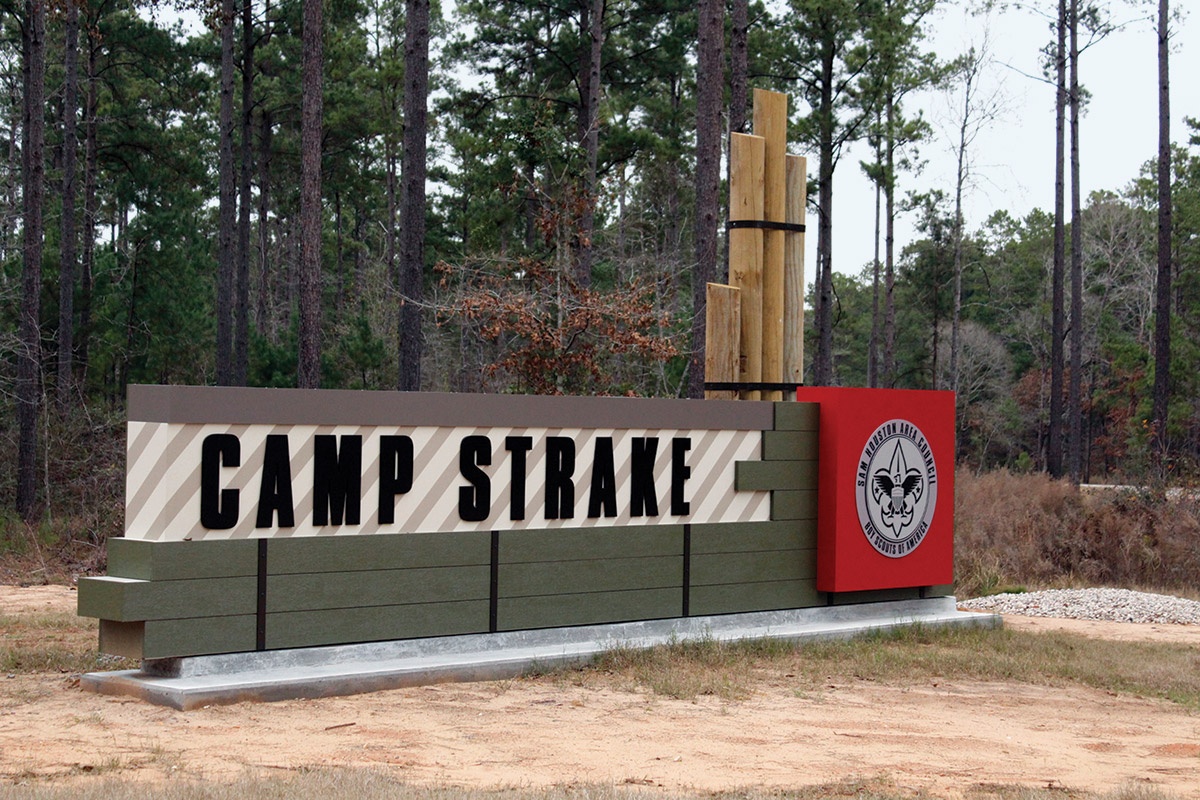
Once past the main entry gatehouse and check-in center, visitors are greeted by another sign, designed to reflect the pristine nature of the campgrounds.
After almost two years of meetings, discussions and deliberations, Conroe’s Camp Strake was sold to a development company in 2014, and the money generated from the sale was used to purchase more than 2,800 acres in the middle of the Sam Houston National Forest for a new Camp Strake.
The new site is hillier and more remote, and because it is in the middle of a national forest, the Scouts will never have to worry about freeways, condos or shopping malls.
Located about 75 miles from Houston, the new Camp Strake is situated near the community of Evergreen, between New Waverly and Coldspring. Scouts and scouters will be able to get there easily by taking either Interstate 45 or U.S. Highway 59. It’s about a 30-minute drive from the entrance of the original Camp Strake.
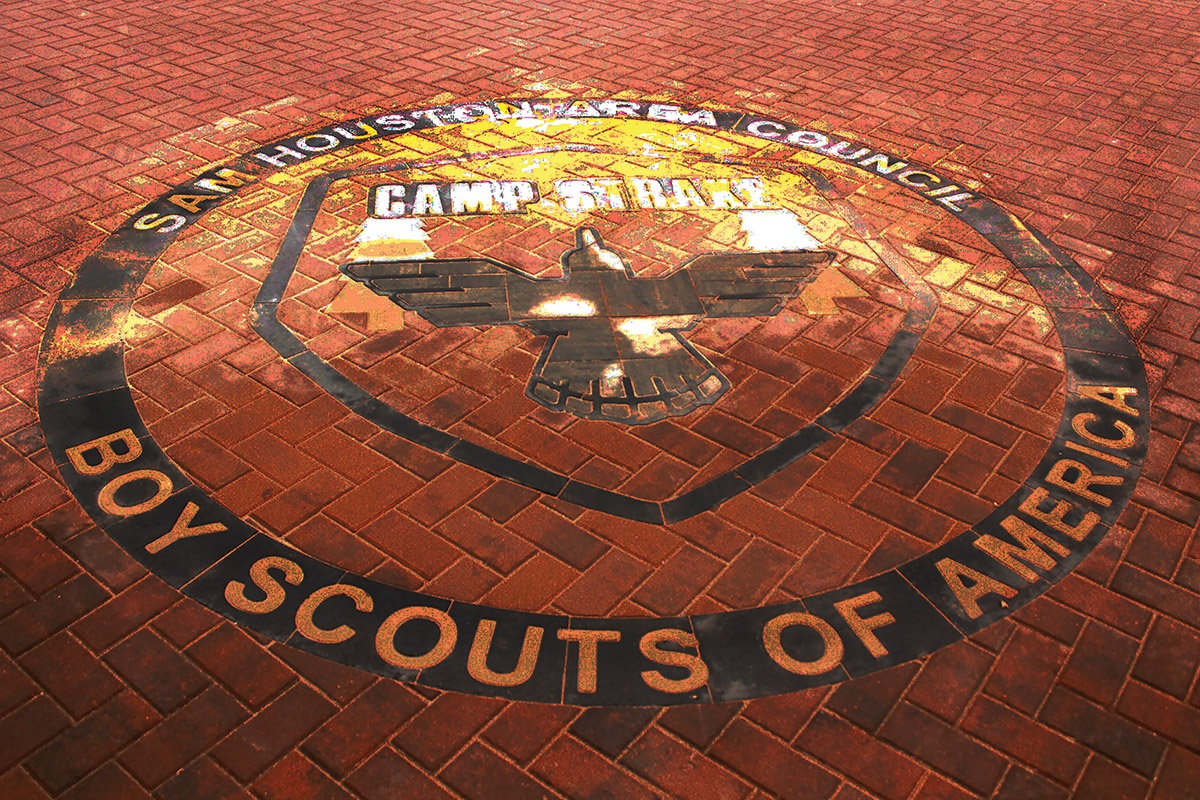
On the ground at the entrance to the main pavilion is the Boy Scouts logo mosaic, made entirely of colored bricks and tiles.
“The Evergreen site was selected because it is in the heart of our target area, met our site selection criteria, which included convenient location and protection from urbanization and encroachment, and allows for expansion for programs in the future,” said Thomas Franklin, chief operating officer of the Sam Houston Area Council. “It’s surrounded on three sides by the Sam Houston National Forest, has the Lone Star Hiking Trail adjacent to the property, and it will be simple to get there, especially with the completion of the Grand Parkway.”
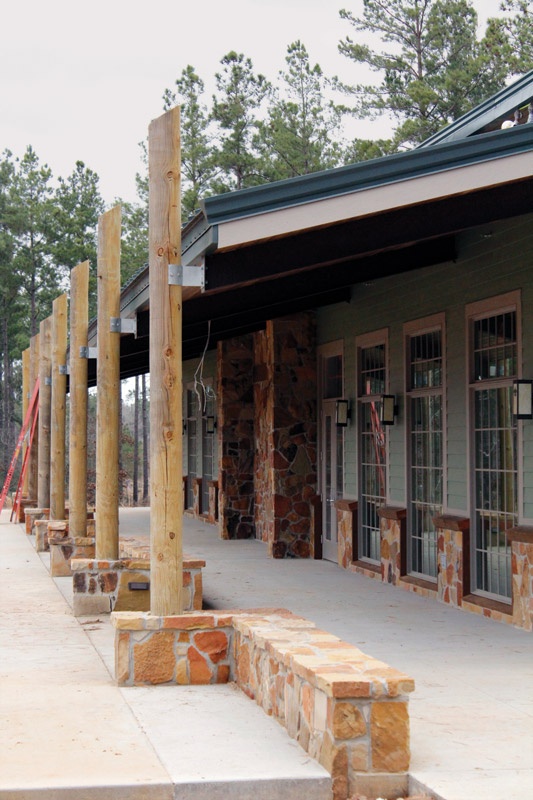
With anywhere from 400 to more than 1,000 Scouts attending the camp at any given time, the dining hall will be able to serve all campers three meals per day. A separate delivery road located behind the structure allows for continuous delivery of supplies without interrupting scouting activities.
When the camp opens for Scouts this summer, the new location will also be used as a habitat for red-cockaded woodpeckers, birds native to the Piney Woods that were placed on the endangered species list in 1970. Recovery of the species is underway, but it still remains as one of only two woodpecker species protected by the Endangered Species Act. The plethora of pine trees within Camp Strake provides a nurturing habitat for replenishment of the woodpecker.
While the birds are there now, excited scouts still have to wait a couple more months before enjoying all the amenities that the new camp offers. It is scheduled to open in May. That date is predicated on favorable weather conditions and no unforeseen circumstances.
So why did it take five years to open the new camp?
“There are many things that go into the development of a project of this size, and it takes time to accomplish them all,” Franklin said. “Camp Strake will be the largest community in San Jacinto County when it’s filled with Scouts. Compare Camp Strake to a university campus or a small city. Each have features like roads, power, water, sewer, buildings and other amenities, which require permitting from the local, state and federal levels, some of which take considerable time. Building Camp Strake is just like constructing a university campus or small city from scratch.”
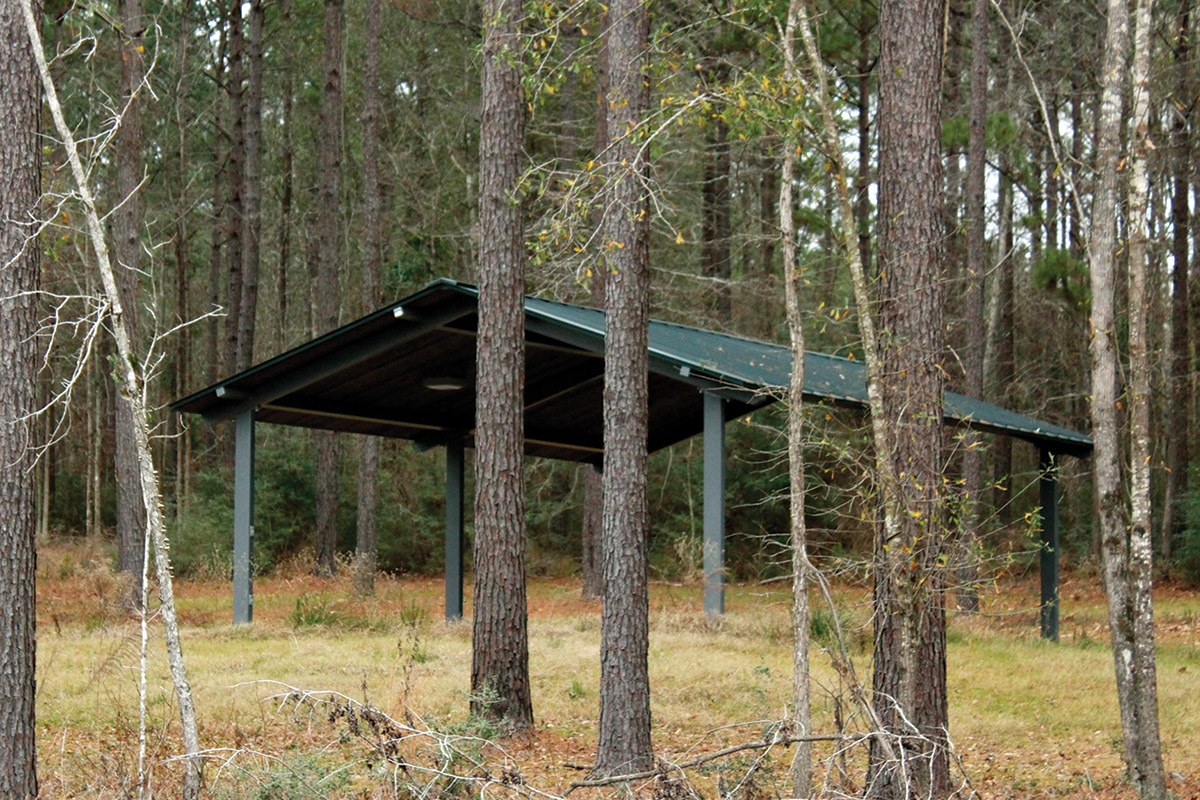
The camp has 20 camping pavilions, each with protective covers and electric power. Scouts will pitch tents and build campfires around the pavilions, which are built on the horseshoe-shaped road in the middle of the camp.
Things started to accelerate late last year when San Jacinto County commissioners approved the construction of a road that connects the main entrance of the camp to FM 945, the main access road in the area. The BSA has also been working with Sam Houston Electric Cooperative to run three-phase underground power from FM 945 to the camp.
“Working with Sam Houston EC has been great,” Franklin said. “All the power is underground, so we won’t have to worry about falling trees knocking out power to the camp.”
But getting the road built and the power running was only the first part of the project.

An assortment of wild plants and flowers, such as this pride of Barbados, are found along the scores of hiking trails at Camp Strake. During the construction process, care was taken not to disturb wildflowers.
To specifically point out all of the procedures that had to be accomplished before opening the camp, the BSA compiled a project management list of everything, including all of the permitting required even before construction began. The project management list includes:
- Program requirements established by Camp Strake project definition team.
- Master planning by the architect based on program requirements.
- Land study for infrastructure, including roads, power, water, sewer and lake.
- Endangered species and archeological studies conducted as required.
- Design completed by Camp Strake design team with architect after multiple focus groups involving Scouts, leaders and special user groups, such as climbing, shooting sports and other groups.
- Budget development and approval by the board of directors.
- Construction documents for all infrastructure features and 126 vertical structures completed by architect.
- Contractors selected by Camp Strake construction committee.
- Required permits obtained from local, state and federal agencies.
- Site work, including creation of new lake between 20 and 30 acres in size.
- Infrastructure (roads, power, water and sewer) constructed.
- 126 vertical structures constructed.
It is indeed like building a city from scratch.
And in addition to the physical structures and infrastructure, there is a 30-acre lake. The creation of the lake required obtaining state and federal permits, all of which take considerable time. Once the permits were obtained and the site work for the lake completed, it took months for rainwater to fill the lake.
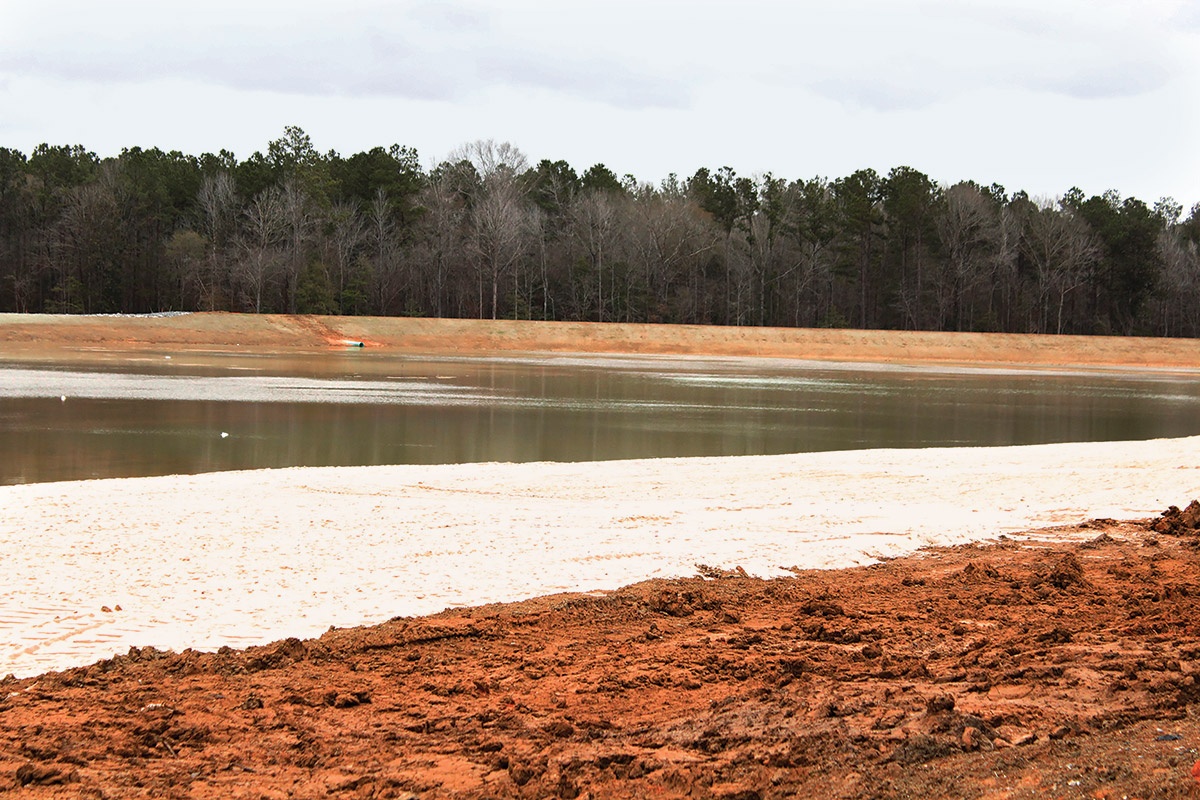
Construction of the 30-acre lake began in 2017 and has taken more than two years to complete. A combination of rainwater, runoff and pumping from an underground well is helping fill the lake to capacity.
The initial space, incorporating all of the items mentioned above, only uses about 500 acres of the full 2,800 acres purchased, leaving considerable room for expansion. According to Erick Simmons, the new camp director, there is ample space for expanding programs and adding campsites for weekend camping for Boy Scouts, Cub Scouts and Venturers for many years. The master plan for the property also has designs for a future Cub World, which is a similar setup for Cub Scouts to hold camping and nature outings.
“We also have areas where corporations can hold corporate retreats,” Simmons said. “It’s an easy getaway from the Houston area where there won’t be any interruptions. Although, we have Wi-Fi and cell reception throughout the entire camp.”
Tours of the site are not allowed yet, as it is an active construction site. But in May, the new Camp Strake will be the crown jewel for BSA’s Sam Houston Council.
